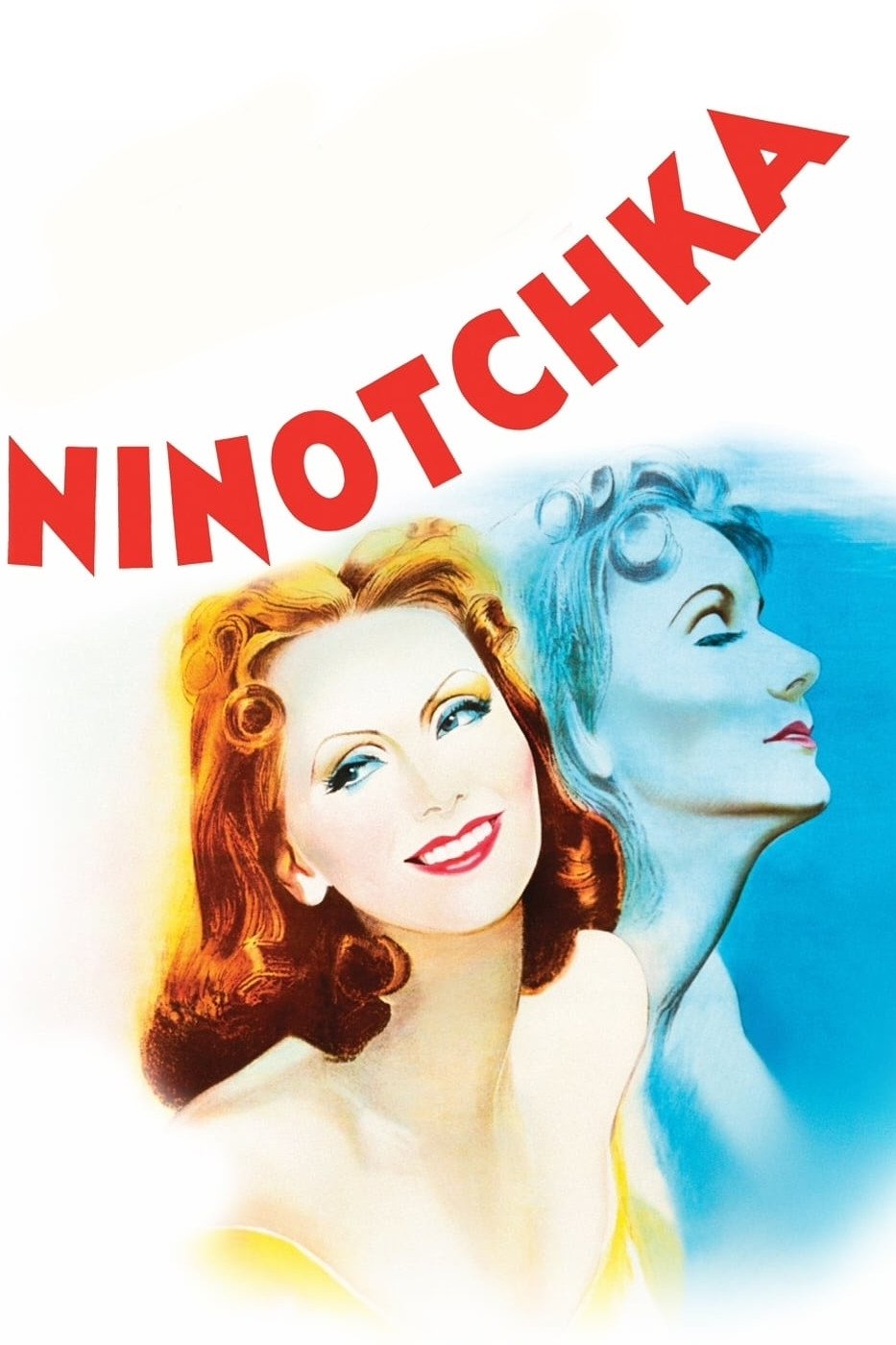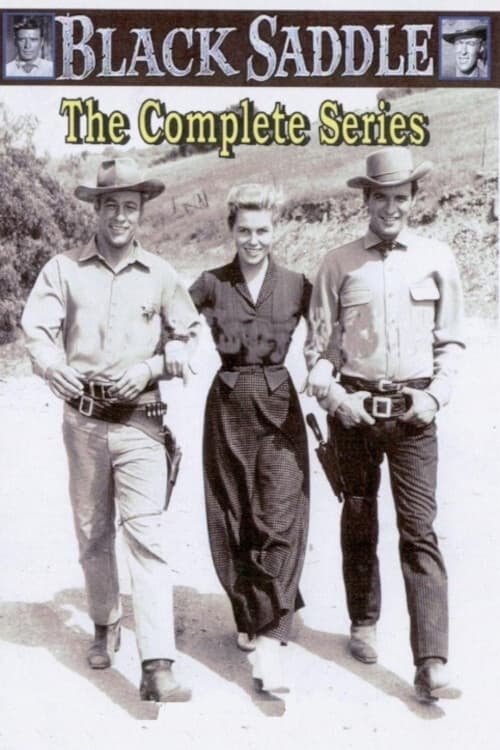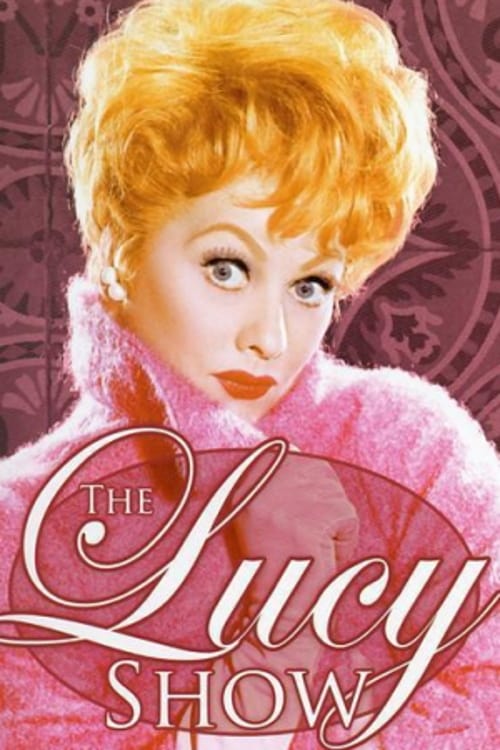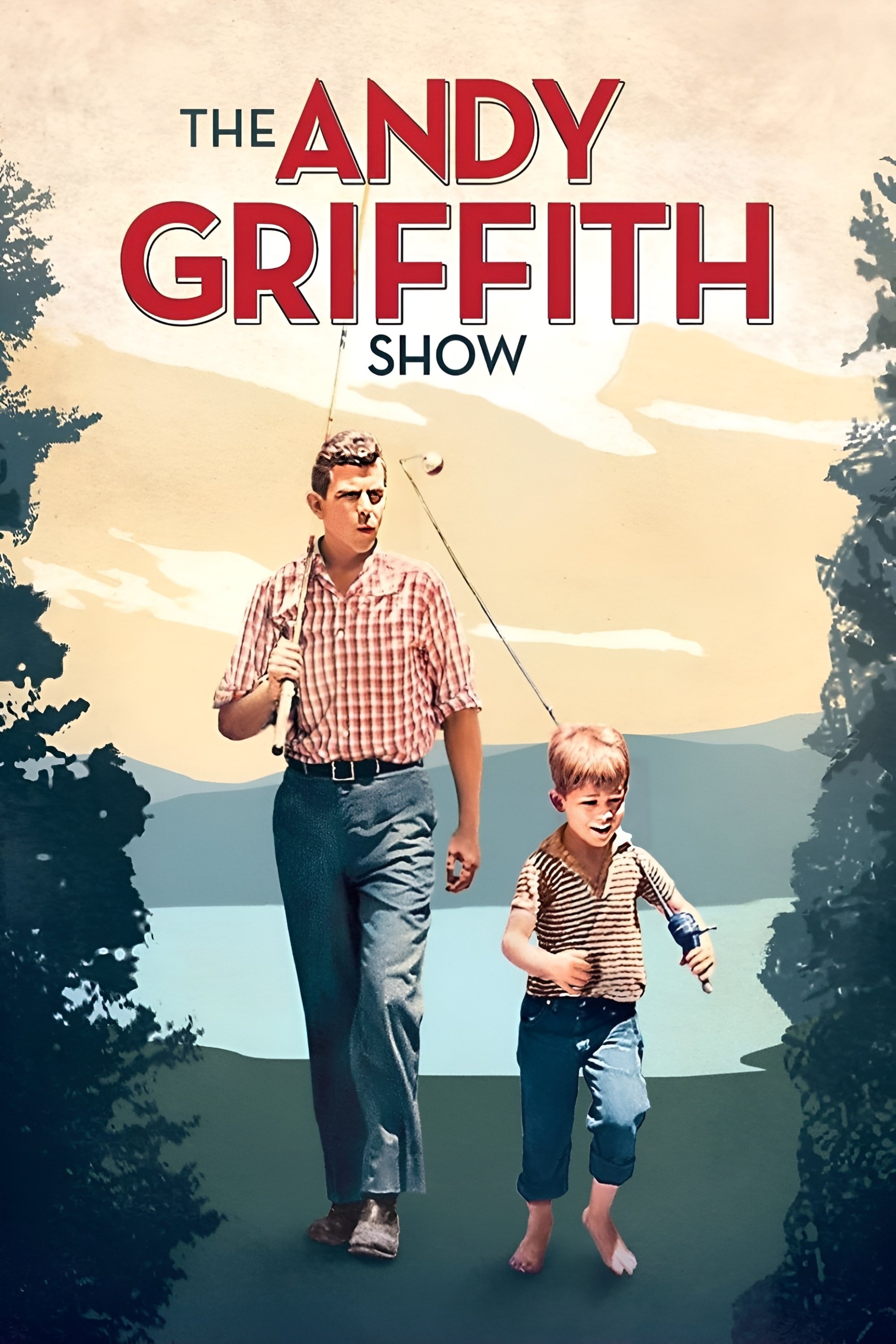Kay Stewart
-
1939

Ninotchka
Ninotchka7.499 1939 HD
A stern Russian woman sent to Paris on official business finds herself attracted to a man who represents everything she is supposed to detest.
![Ninotchka]()
-
1960

Black Saddle
Black Saddle5.7 1960 HD
Black Saddle is an American Western television series starring Peter Breck that aired 44 episodes on ABC from January 10, 1959 to May 6, 1960. The half-hour program was produced by Dick Powell's Four Star Television, and the original pilot was an episode of CBS's Dick Powell's Zane Grey Theater, with Chris Alcaide portraying the principal character, Clay Culhane. For syndicated reruns, Black Saddle was combined with three other Western series from the same company, Law of the Plainsman starring Michael Ansara, Johnny Ringo starring Don Durant and Mark Goddard, and the critically acclaimed creation of Sam Peckinpah, The Westerner with Brian Keith, under the umbrella title, The Westerners, with new hosting sequences by Keenan Wynn.
![Black Saddle]()
-
1962

Alfred Hitchcock Presents
Alfred Hitchcock Presents7.7 1962 HD
A television anthology series hosted by Alfred Hitchcock featuring dramas, thrillers, and mysteries.
![Alfred Hitchcock Presents]()
-
1968

The Lucy Show
The Lucy Show7.129 1968 HD
The Lucy Show is an American sitcom that aired on CBS from 1962–68. It was Lucille Ball's follow-up to I Love Lucy. A significant change in cast and premise for the 1965–66 season divides the program into two distinct eras; aside from Ball, only Gale Gordon, who joined the program for its second season, remained. For the first three seasons, Vivian Vance was the co-star. The earliest scripts were entitled The Lucille Ball Show, but when this title was declined, producers thought of calling the show This Is Lucy or The New Adventures of Lucy, before deciding on the title The Lucy Show. Ball won consecutive Emmy Awards as Outstanding Lead Actress in a Comedy Series for the series' final two seasons, 1966–67 and 1967–68.
![The Lucy Show]()
-
1968

The Andy Griffith Show
The Andy Griffith Show7.6 1968 HD
The Andy Griffith Show is an American sitcom first televised on CBS between October 3, 1960 and April 1, 1968. Andy Griffith portrays the widowed sheriff of the fictional small community of Mayberry, North Carolina. His life is complicated by an inept, but well-meaning deputy, Barney Fife, a spinster aunt and housekeeper, Aunt Bee, and a precocious young son, Opie. Local ne'er-do-wells, bumbling pals, and temperamental girlfriends further complicate his life. Andy Griffith stated in a Today Show interview, with respect to the time period of the show: "Well, though we never said it, and though it was shot in the '60s, it had a feeling of the '30s. It was when we were doing it, of a time gone by." The series never placed lower than seventh in the Nielsen ratings and ended its final season at number one. It has been ranked by TV Guide as the 9th-best show in American television history. Though neither Griffith nor the show won awards during its eight-season run, series co-stars Knotts and Bavier accumulated a combined total of six Emmy Awards. The show, a semi-spin-off from an episode of The Danny Thomas Show titled "Danny Meets Andy Griffith", spawned its own spin-off series, Gomer Pyle, U.S.M.C., a sequel series, Mayberry R.F.D., and a reunion telemovie, Return to Mayberry. The show's enduring popularity has generated a good deal of show-related merchandise. Reruns currently air on TV Land, and the complete series is available on DVD. All eight seasons are also now available by streaming video services such as Netflix.
![The Andy Griffith Show]()
-
1960

Spartacus
Spartacus7.5 1960 HD
The rebellious Thracian Spartacus, born and raised a slave, is sold to Gladiator trainer Batiatus. After weeks of being trained to kill for the arena, Spartacus turns on his owners and leads the other slaves in rebellion. As the rebels move from town to town, their numbers swell as escaped slaves join their ranks. Under the leadership of Spartacus, they make their way to southern Italy, where they will cross the sea and return to their homes.
![Spartacus]()






